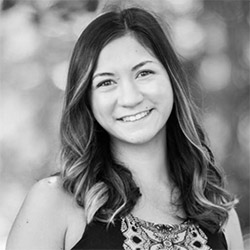News
Interdisciplinary Innovation Provides Needed Equipment to Local Hospitals
May 29, 2020
As COVID-19 ravaged supplies of personal protective equipment (PPE) and ventilators in New York City and Long Island hospitals, New York Tech innovators implemented a strategic and collaborative approach to arm frontline workers and patients with the necessary gear.
Facilitated by Suzanne Musho, AIA, NCARB, chief architect and vice president for capital planning and facilities management, the interdisciplinary initiative maximized the ingenuity and resources of multiple New York Tech schools, colleges, and departments. Beginning in March, innovators in the College of Arts and Sciences, College of Engineering and Computing Sciences, College of Osteopathic Medicine (NYITCOM), and School of Architecture and Design met weekly to strategize the creation and distribution of 3-D printed PPE and ventilator equipment to facilities in need.
“When faced with extraordinary challenges, communities must often develop extraordinary solutions, and I’m proud to say we’ve accomplished that feat,” said Musho. “Maximizing the combined resourcefulness, inspiration, and dedication of our faculty, staff, and students, we’ve achieved collaboration and camaraderie across disciplines, allowing us to better and more effectively supply much-needed equipment to healthcare workers and their patients. The COVID-19 pandemic forced the world to recognize ways to connect with people when no physical connection was possible. When several departments all wanted to use their 3-D equipment to fulfill an incredibly dire need for supplies for our beloved healthcare workers, it became very obvious that we were better together. Equipment, expertise, and inspiration weaved together, for all team members. Week after week, we met and we learned what efficiencies were possible, and what institutions needed donations. It was a moment of closeness in the remotely run world.”
Throughout their mission, team members, including Randy Stout, Ph.D., assistant professor of biomedical sciences at NYITCOM and researcher at the Center for Biomedical Innovation, maintained contact with local healthcare facilities and 3-D printing companies to help bridge supply and demand. Adhering to National Institutes of Health (NIH) standards and 3-D models, the team used MakerBot 3-D printers from both the New York City and Long Island campuses to print face shields and ventilator Y-splitters, as well as other prototypes and equipment. Among the many New York Tech laboratories and facilities that ramped up production were NYITCOM’s Center for Biomedical Innovation, the College of Arts and Sciences’ HIVE (Home for Innovation, Visualization, and Exploration), and the School of Architecture and Design’s Fabrication Lab (FabLab). To date, the team has provided equipment to Saint Francis Hospital, DeMatteis Center for Cardiac Research, Kingsbrook Jewish Medical Center, Brooklyn Hospital, Northwell Health, North Shore University Hospital, and local COVID-19 clinics.
In addition, many dedicated faculty and staff printed equipment around the clock and in their own homes to meet peak demands. David Fanning, College of Engineering and Computing Sciences laboratory engineer, Michael Nizich, Ph.D., director of the Entrepreneurship & Technology Innovation Center (ETIC), and Kevin Park, M.F.A., assistant professor of digital art and design in the College of Arts and Sciences, each brought MakerBots home. Fanning, who used the MakerBot Z18 and MakerBot Replicator+ from the College of Engineering and Computing Sciences Machine Shop, has printed more than 500 face shields so far. In addition to printing face shields, Park is working with Randy Stout and the Center for Biomedical Innovation to print ventilator machine Y-splitters for local hospitals.
One of Park’s mentees, UX/UI Design and Development graduate student and HIVE graduate assistant Shuyi Shao, helped produce and test various visor designs. The project was a personal mission for Shao, whose grandmother resides in Wuhan, the epicenter of the COVID-19 outbreak.
“The events of this pandemic have personally impacted the lives of many, including myself. Given the shortage of resources that healthcare workers are facing, I was more than willing to do my small part to help. I’m very grateful to Professor Park for giving me the chance to join this collaborative and instrumental project,” she said.
The School of Architecture and Design provided critical design and fabrication approaches for custom-designed face shield and face masks. With Dean Maria Perbellini, M.Arch., spearheading the school’s partnership with NYITCOM, custom 3-D printed and 2-D laser-cut face masks and shields were completed in the Ed Hall FabLab, which produced approximately 1,000 face shields per week. Dustin White, director of digital technologies and fabrication, FabLab Supervisor Mauricio Tacoaman, and Associate Professor Pablo Lorenzo-Eiroa, M. Arch II, worked with thesis students Ari Begun, Peter Leonardi, Alexandra Panichella, Karina Pena, and Benjamin Sather on various designs.
In addition, College of Engineering and Computing Sciences students, under the supervision of Associate Professor Aydin Farajidavar, Ph.D., worked on ventilator innovations. Undergraduate Electrical and Computer Engineering student Matthew Sinatro and graduate Electrical and Computer Engineering student Ebad Syed developed a cost-effective, portable ventilator with a production price tag of less than $100. Kyle Pratt, an undergraduate Electrical and Computer Engineering major and Navy veteran, and Wenchen Dai, a graduate Bioengineering student, also developed an inexpensive ventilator from components commonly found in a home environment.
With the U.S. on the road to re-opening, the interdisciplinary group continues to meet and look to the future for collaborative projects. Now, much of the team’s conversation is centered on infrastructure changes that will help to minimize the spread of disease, including the design and fabrication of hands-free door openers, which will be pivotal to the safe re-opening of businesses and institutions.
“This was an incredible bonding experience for faculty and staff who don’t often have the chance to work together, and an inspiring real-world learning experience for our students,” notes Musho. “The team feels great about the work we did, the organizations we were able to help, and our collective potential to do, make, and innovate. This is a team of hardworking, creative thinkers and doers who will continue to rely on each other and continue to invent ways to make a difference.”
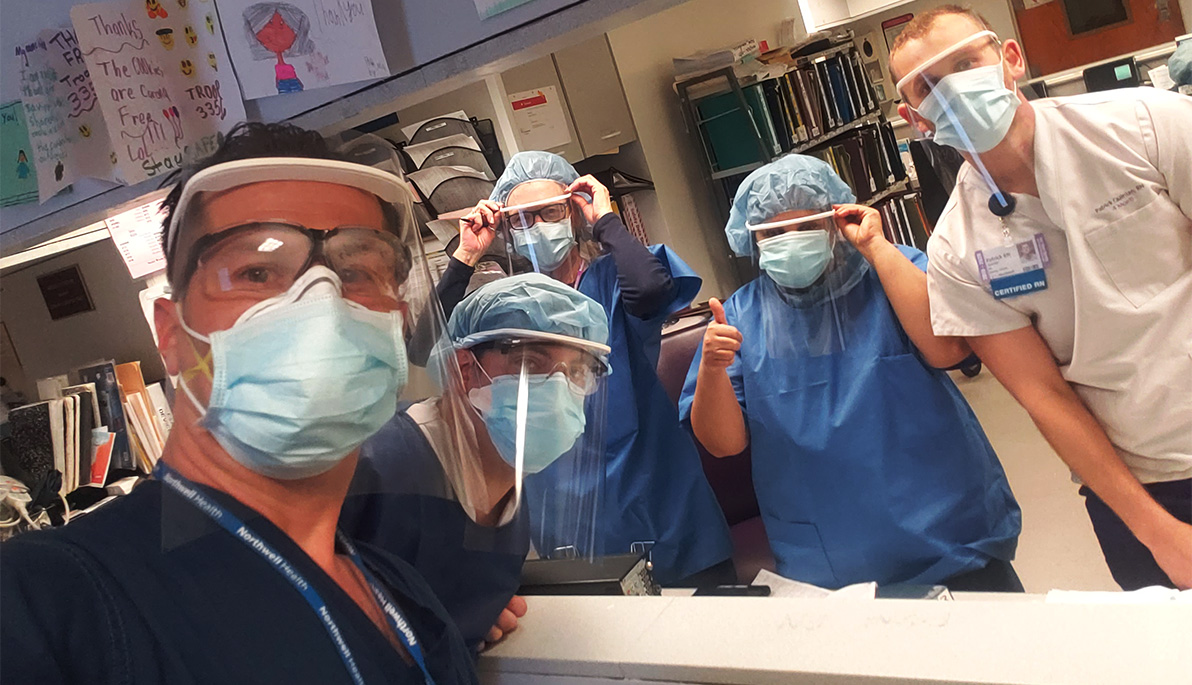
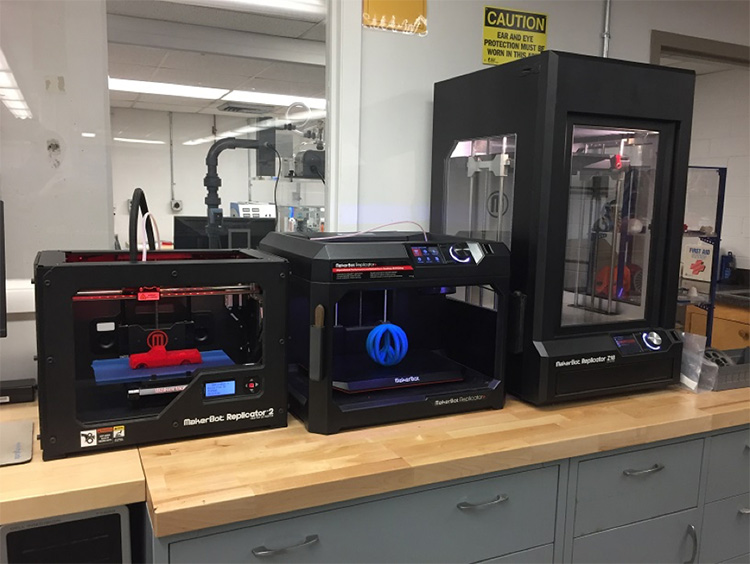
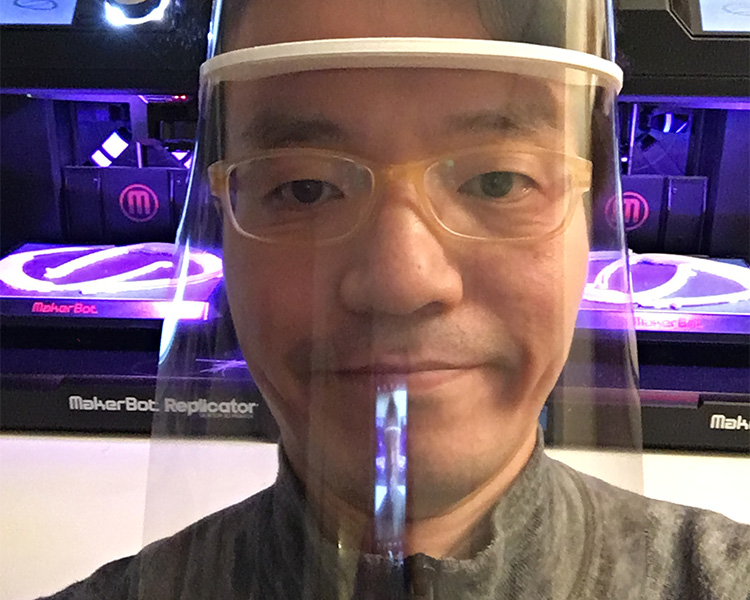
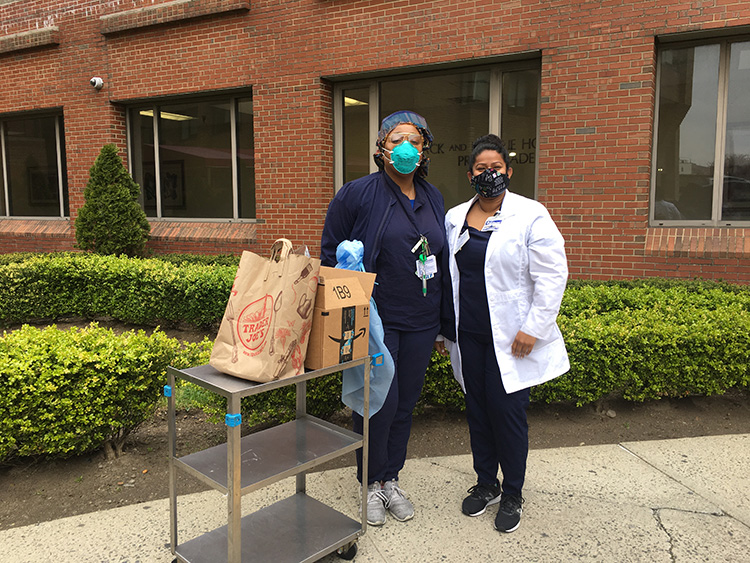
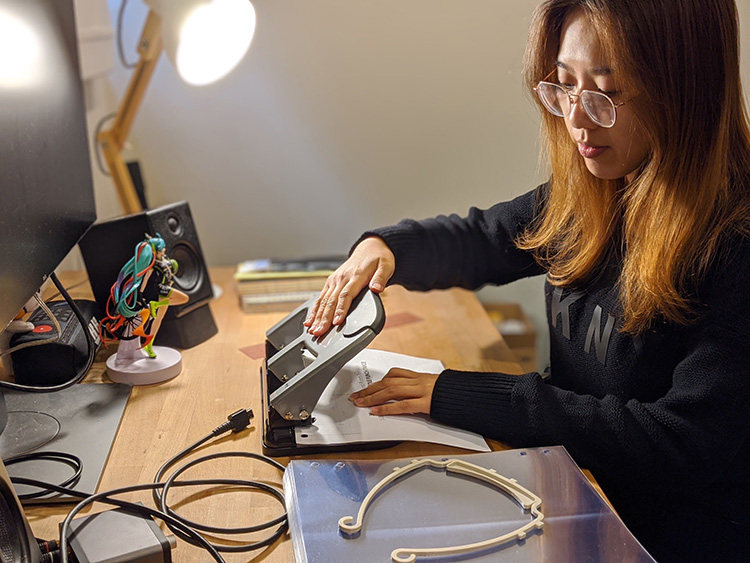
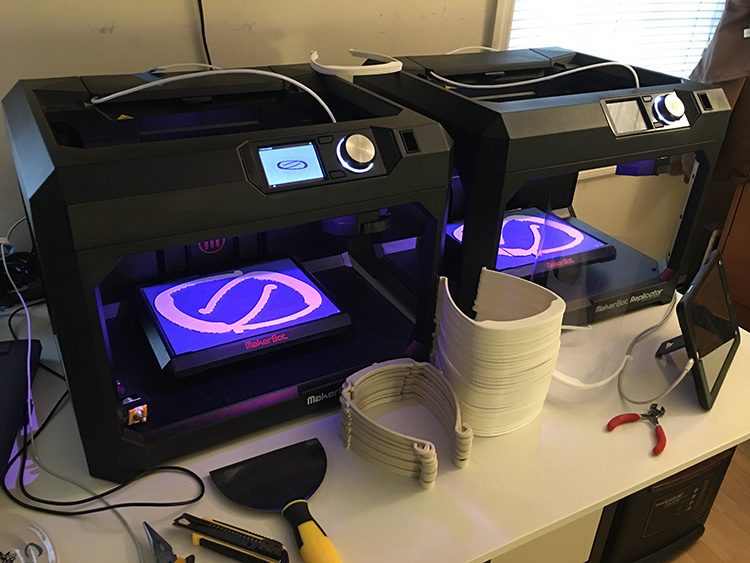

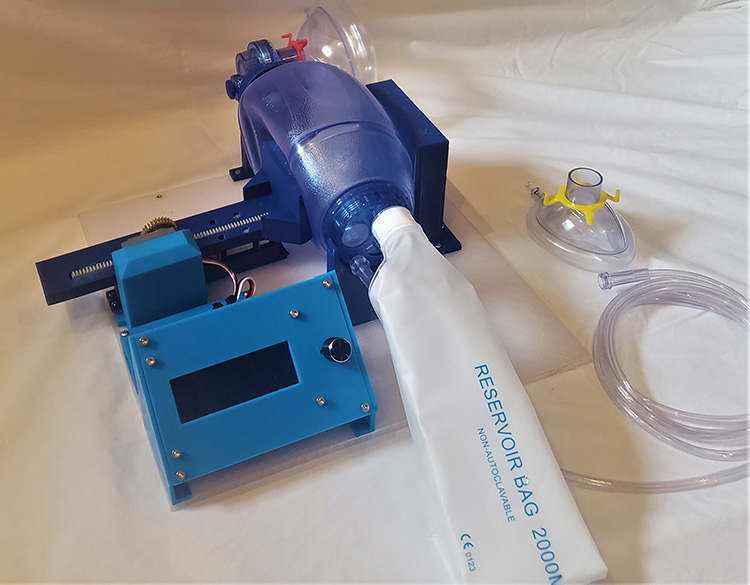
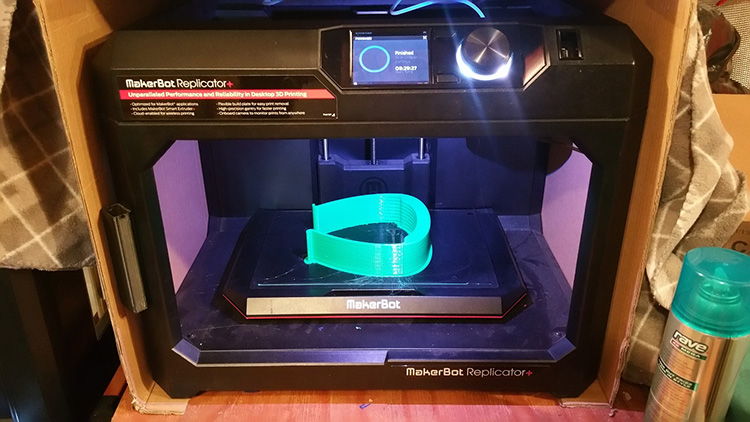
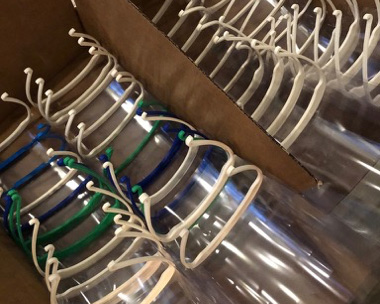
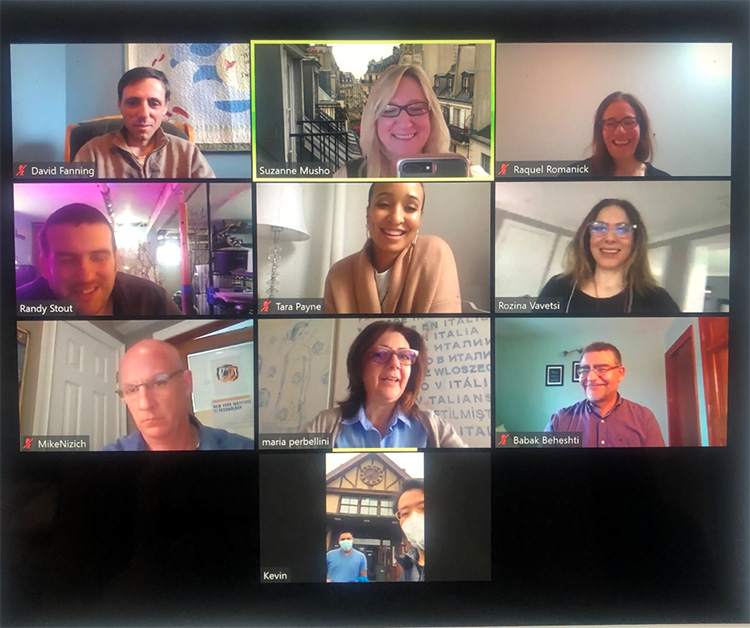
 Open Photo Gallery
Open Photo Gallery